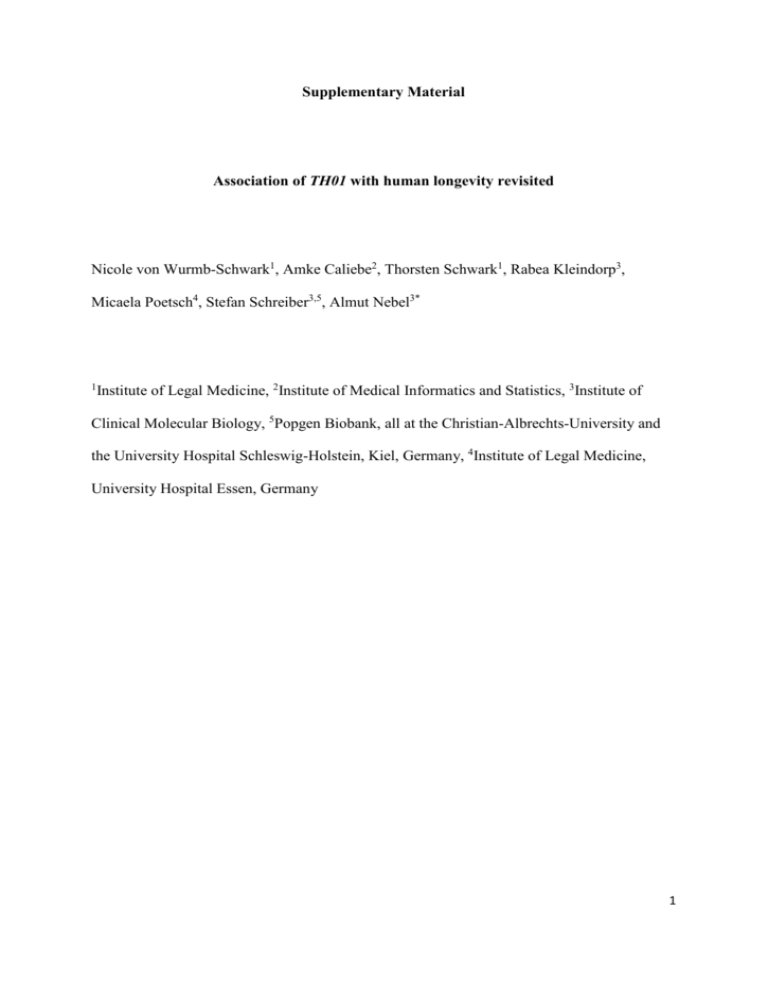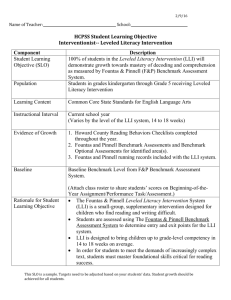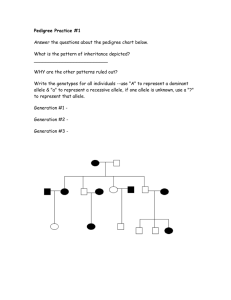1Institute of Legal Medicine, 2Institute of Medical
advertisement

Supplementary Material Association of TH01 with human longevity revisited Nicole von Wurmb-Schwark1, Amke Caliebe2, Thorsten Schwark1, Rabea Kleindorp3, Micaela Poetsch4, Stefan Schreiber3,5, Almut Nebel3* 1 Institute of Legal Medicine, 2Institute of Medical Informatics and Statistics, 3Institute of Clinical Molecular Biology, 5Popgen Biobank, all at the Christian-Albrechts-University and the University Hospital Schleswig-Holstein, Kiel, Germany, 4Institute of Legal Medicine, University Hospital Essen, Germany 1 Investigation of a possible association between variation in TH01 STR alleles and arterial hypertension or smoking In an exploratory analysis, we investigated a possible association of TH01 STR alleles with arterial hypertension and smoking. Earlier studies reported inconsistent results1-6. Here, we compared the overall frequency distribution between the groups ever smokers and never smokers as well as between individuals with and without high blood pressure. Furthermore, we ascertained for each phenotype the frequency of the previously described candidate alleles (for high blood pressure: alleles 9.3 and 101, for smoking alleles 7 and 94-6) in LLI and controls, respectively, and tested for carrier or additive effect. All comparisons were performed in the entire sample and subgroups stratified by sex and age (LLI and controls), using Fisher’s exact test. For high blood pressure, in female LLI patients the allele 9.3 showed a nominally significant increase for carriership (p=0.046, Supplementary Table 1). This increase was not observed in male LLI, in controls or the whole sample or when an additive risk model was considered. There was no difference for allele 10 in individuals with and without high blood pressure (Supplementary Table 1). For smoking, allele 7 revealed a nominally significant increase in LLI smokers for carriership (p=0.034, Supplementary Table 2). This increase was not observed in controls or the whole sample or when an additive risk model was considered. Allele 9 showed no difference in smokers versus non-smokers (Supplementary Table 2). The nominally borderline-significant results represent interesting, yet tentative, results as they were obtained from an explorative analysis and were not adjusted for multiple testing. 2 Moreover, these were only obtained in subgroups and not robust and our study was not designed to investigate arterial hypertension and smoking. The possible associations between THO1 allele variation and arterial hypertension or smoking warrant further studies that provide larger sample sizes and are specially designed for this purpose. 3 Supplementary Table 1: THO1 allele frequencies in individuals with and without hypertension 5 6 7 8 9 9.3 10 with hypertension (n=319) absolute relative frequency frequency 1 0.0016 139 0.22 114 0.18 57 0.089 105 0.16 216 0.34 6 0.0094 without hypertension (n=550) absolute relative frequency frequency 3 0.0027 233 0.21 179 0.16 121 0.11 180 0.16 374 0.34 10 0.0091 p value pCCA=0.87 p9.3,LLI=0.074 p9.3,LLI,f=0.046 p9.3,LLI,m=0.76 p9.3,contr=0.25 p10,LLI=0.50 p10,contr=1.00 pCCA: p value for overall allele frequency comparison of individuals with or without hypertension p9.3,LLI: p value for comparison of allele 9.3 carriership of individuals with or without hypertension in all LLI p9.3,LLI,f: p value for comparison of allele 9.3 carriership of individuals with or without hypertension in female LLI p9.3,LLI,m: p value for comparison of allele 9.3 carriership of individuals with or without hypertension in male LLI p9.3,contr: p value for comparison of allele 9.3 carriership of individuals with or without hypertension in controls p10,LLI: p value for comparison of allele 10 carriership of individuals with or without hypertension in LLI p10,contr: p value for comparison of allele 10 carriership of individuals hypertension in controls 4 Supplementary Table 2: THO1 allele frequencies in smokers and non-smokers 5 6 7 8 9 9.3 10 smokers (n=406) abs. rel. frequency frequency 2 0.0025 175 0.22 150 0.18 71 0.17 136 0.087 270 0.33 8 0.0099 non-smokers (n=470) abs. rel. frequency frequency 2 0.0021 207 0.22 147 0.16 103 0.11 149 0.16 324 0.34 8 0.0085 p values pCCA =0.56 p7,LLI=0.034 p7,contr=1.00 p9,LLI=0.74 p9,contr=0.69 pCCA: p value for overall allele frequency comparison of smokers and non-smokers p7,LLI: p value for comparison of allele 7 carriership of smokers and non-smokers in LLI p7,contr: p value for comparison of allele 7 carriership of smokers and non-smokers in controls p9,LLI: p value for comparison of allele 9 carriership of smokers and non-smokers in LLI p9,contr: p value for comparison of allele 9 carriership of smokers and non-smokers in controls 5 References 1 2 3 4 5 6 Sharma P, Hingorani A, Jia H et al: Positive association of tyrosine hydroxylase microsatellite marker to essential hypertension. Hypertension 1998; 32: 676-682. Klintschar M, Immel UD, Stiller D, Kleiber M: TH01, a tetrameric short tandem repeat locus in the tyrosine hydroxylase gene: association with myocardial hypertrophy and death from myocardial infarction? Dis Markers 2005; 21: 9-13. Lerman C, Shields PG, Main D et al: Lack of association of tyrosine hydroxylase genetic polymorphism with cigarette smoking. Pharmacogenetics 1997; 7: 521-524. Anney RJ, Olsson CA, Lotfi-Miri M, Patton GC, Williamson R: Nicotine dependence in a prospective population-based study of adolescents: the protective role of a functional tyrosine hydroxylase polymorphism. Pharmacogenetics 2004; 14: 73-81. Olsson C, Anney R, Forrest S et al: Association between dependent smoking and a polymorphism in the tyrosine hydroxylase gene in a prospective population-based study of adolescent health. Behav Genet 2004; 34: 85-91. Rodriguez S, Huang S, Chen XH et al: A study of TH01 and IGF2-INS-TH haplotypes in relation to smoking initiation in three independent surveys. Pharmacogenet Genomics 2006; 16: 15-23. 6







